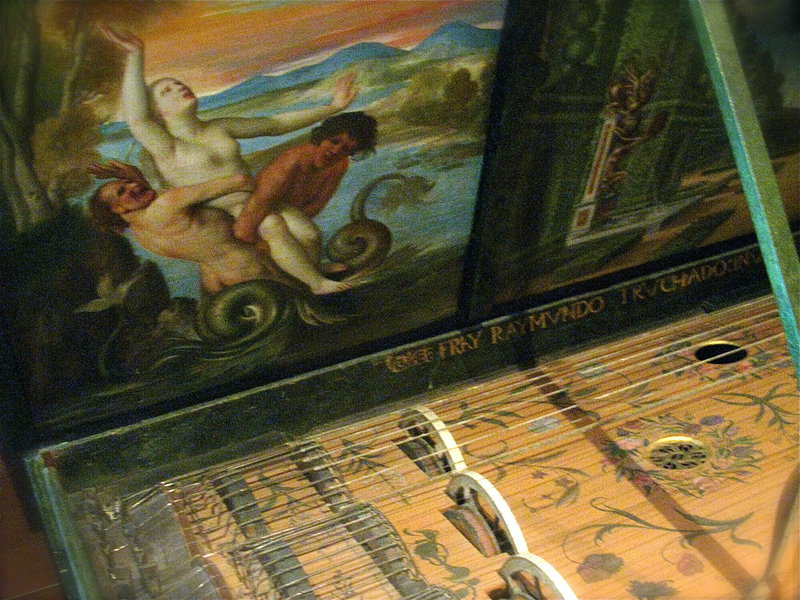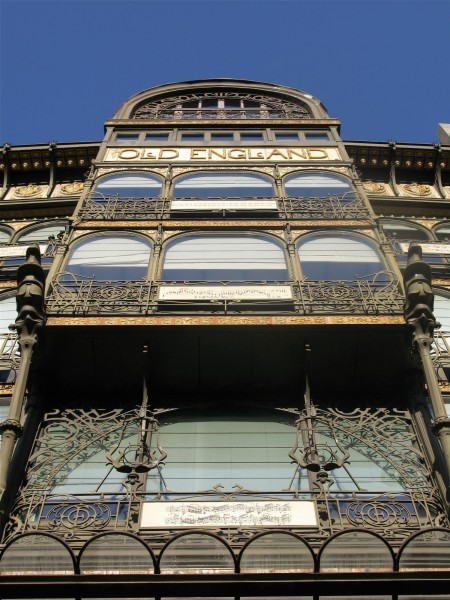
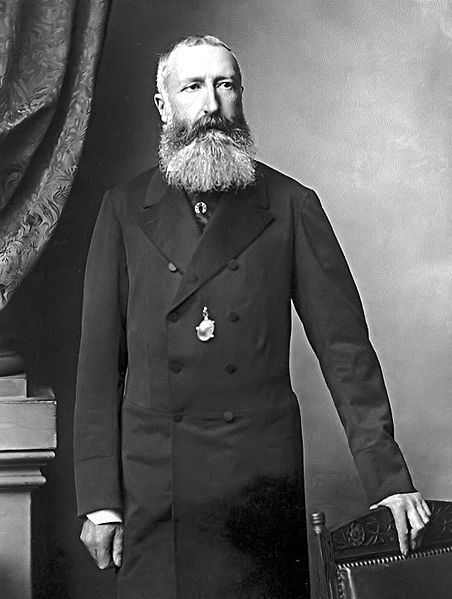
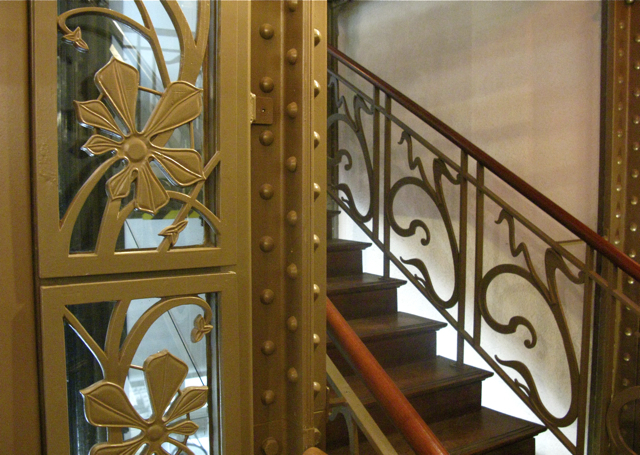
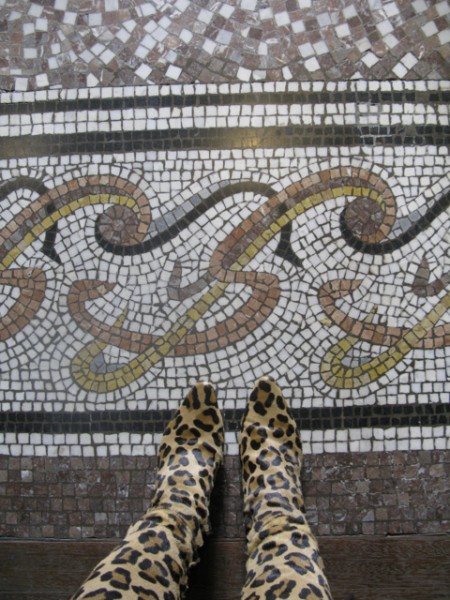
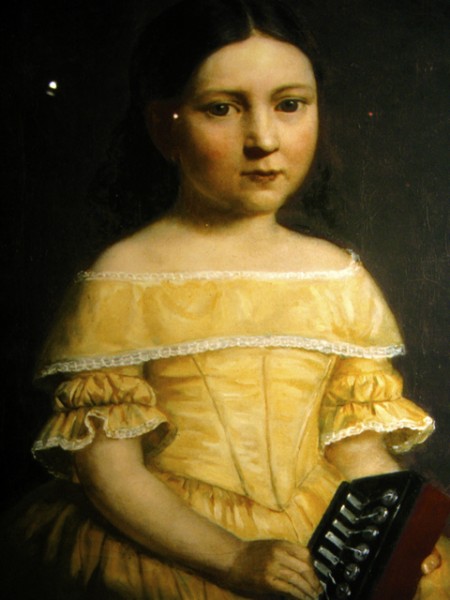
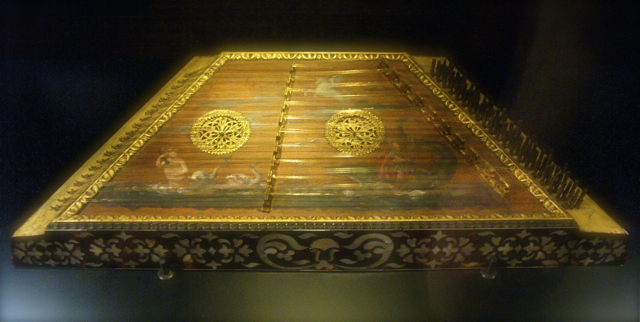
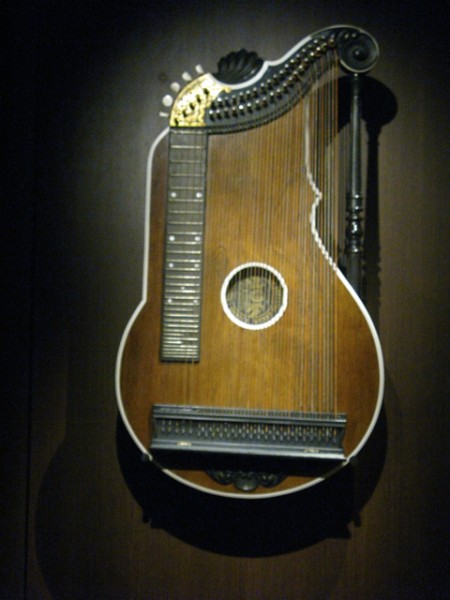
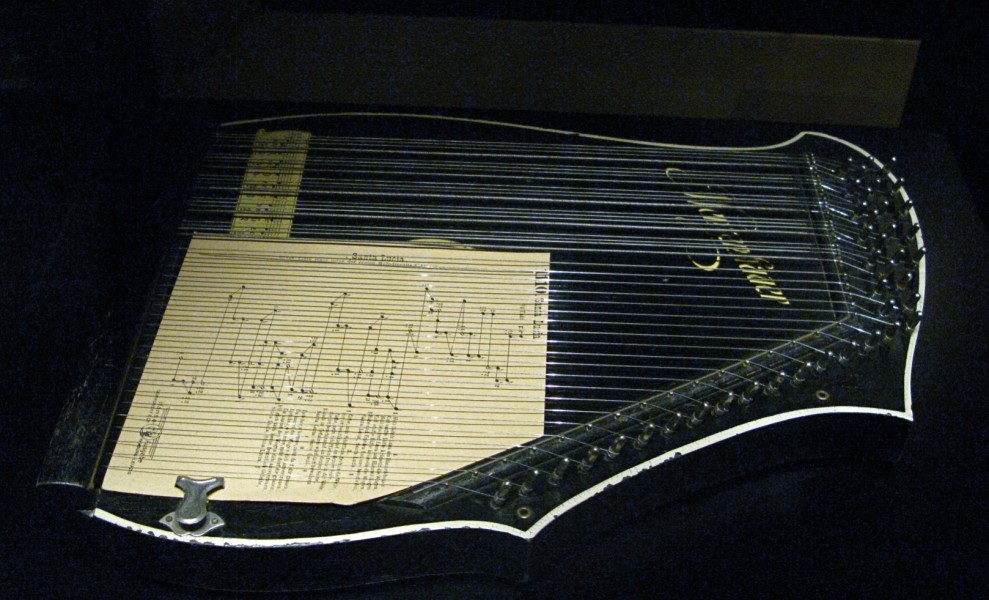
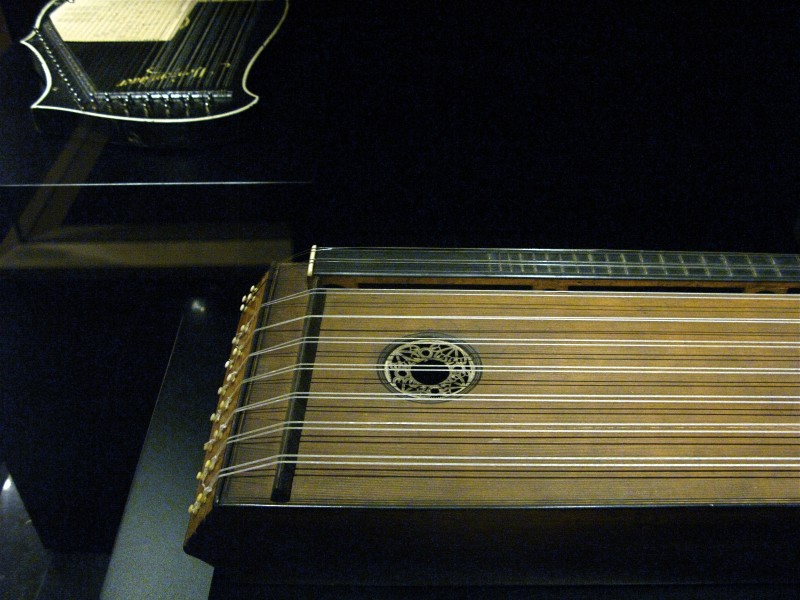
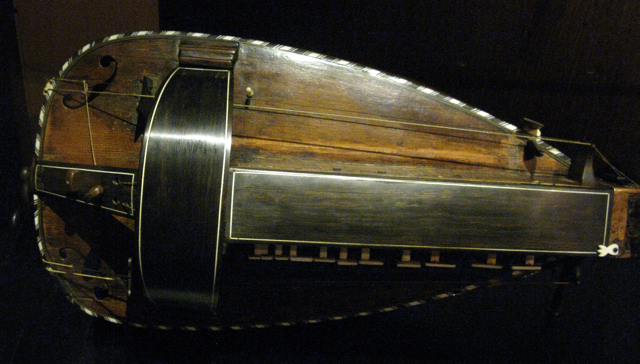
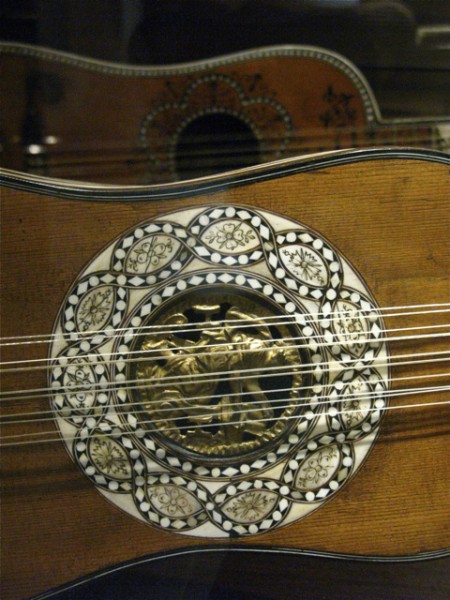

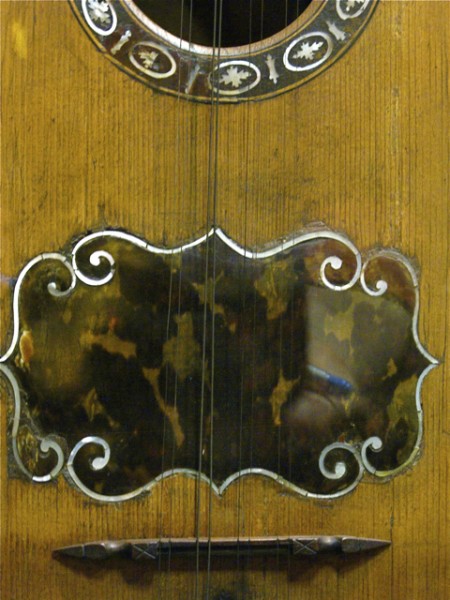
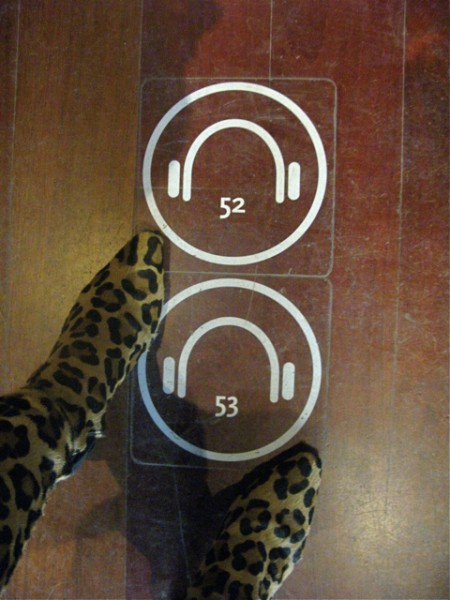
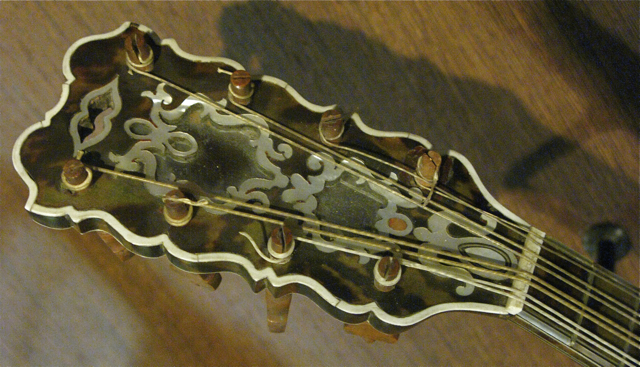


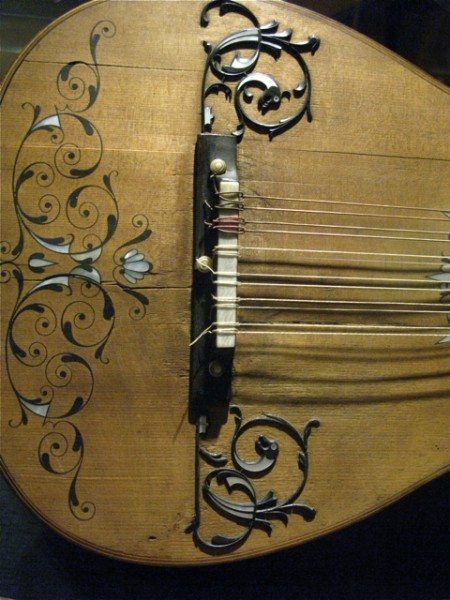
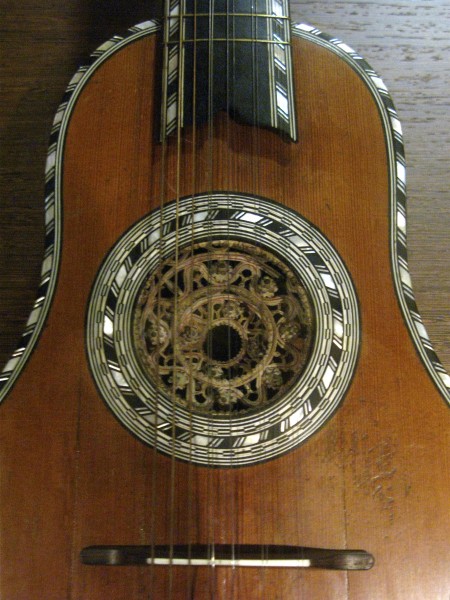
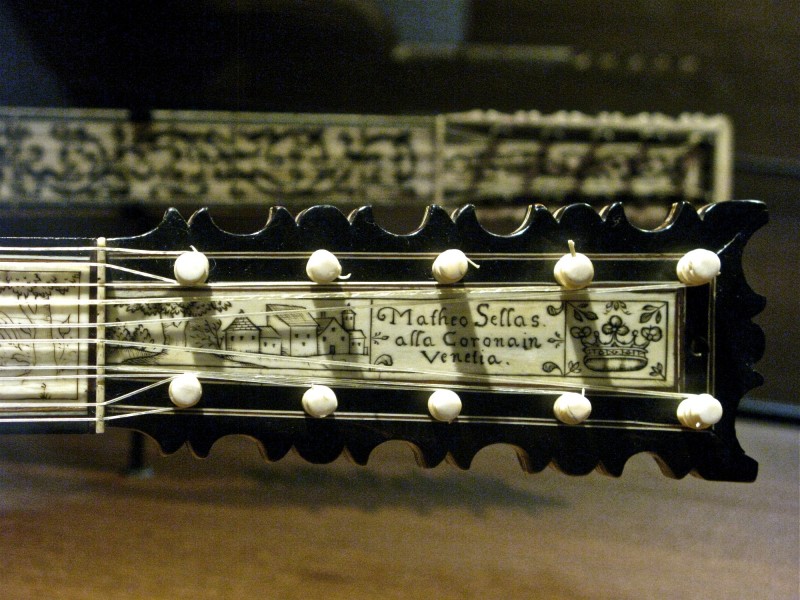
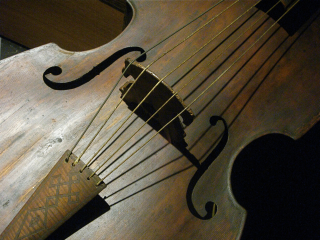
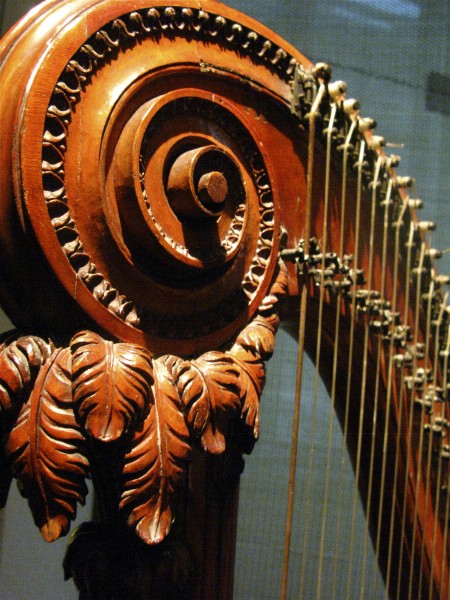
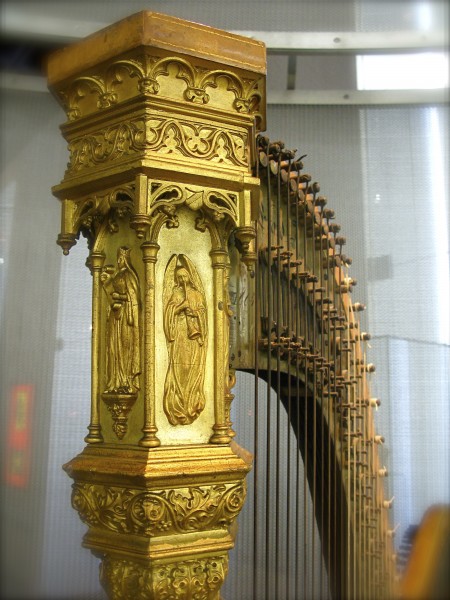

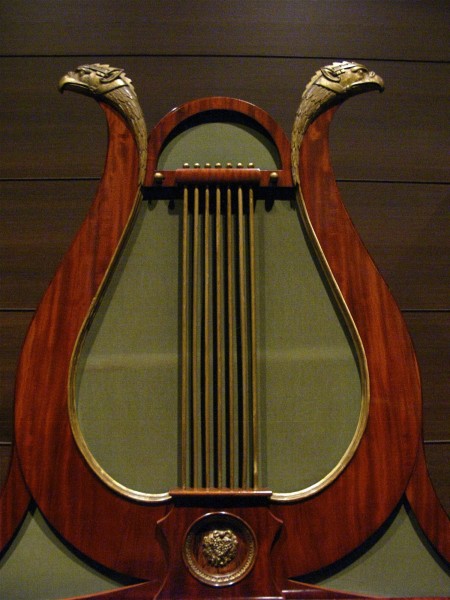
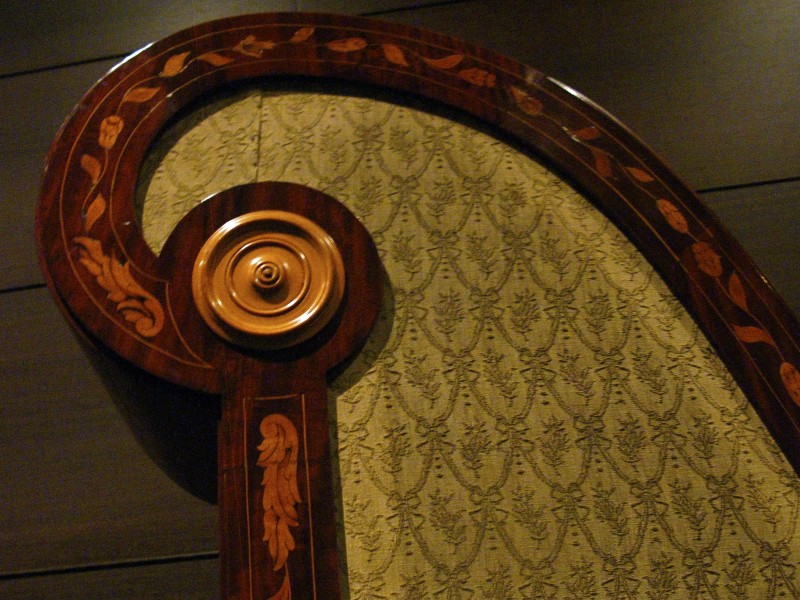
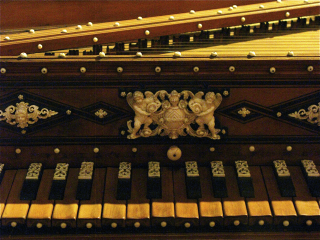
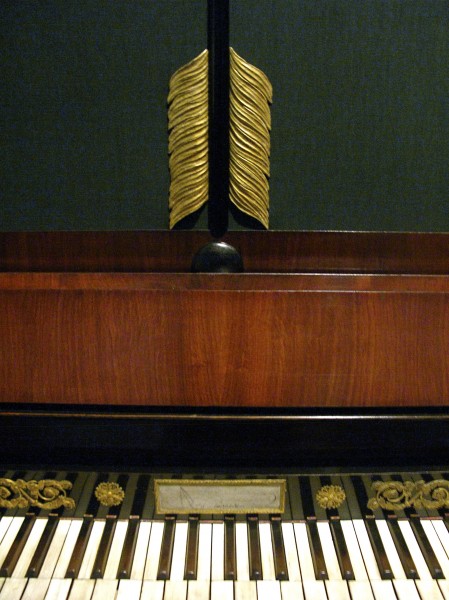

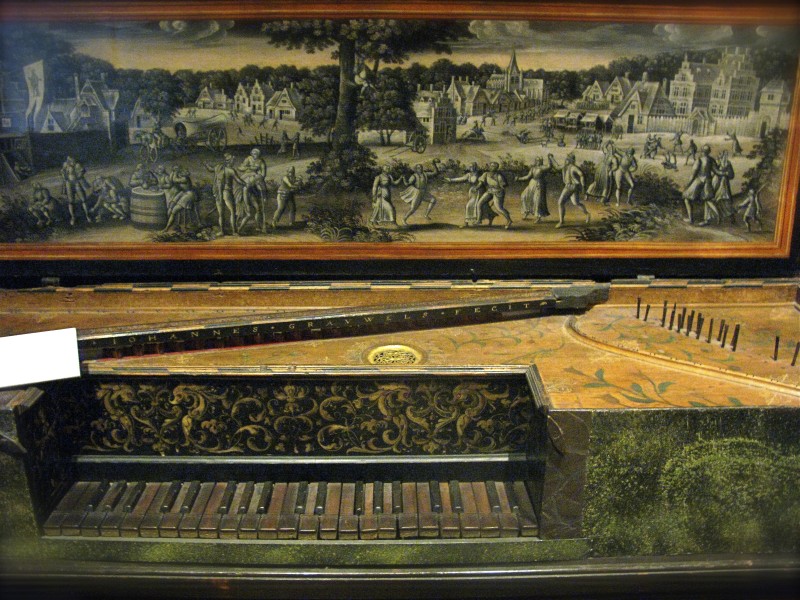

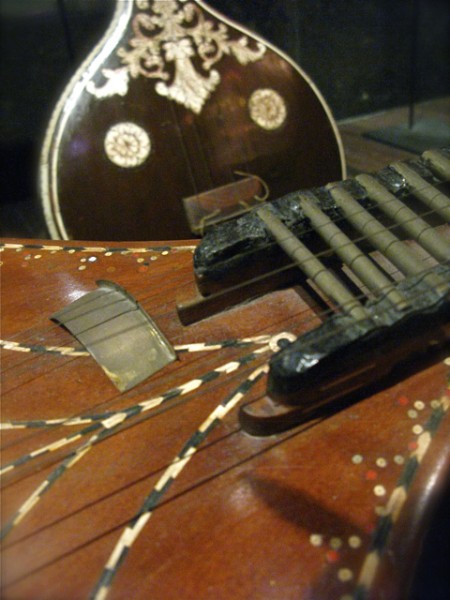
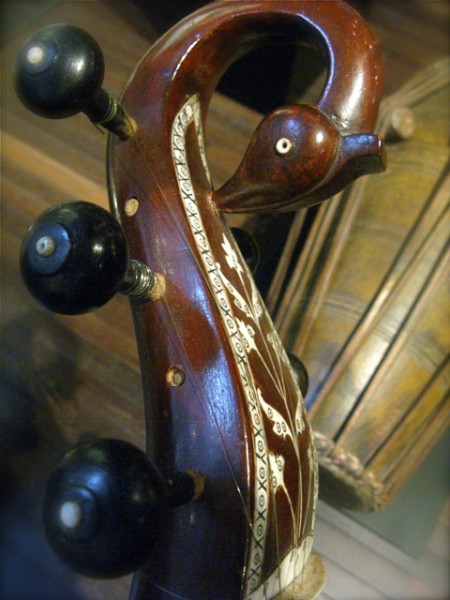
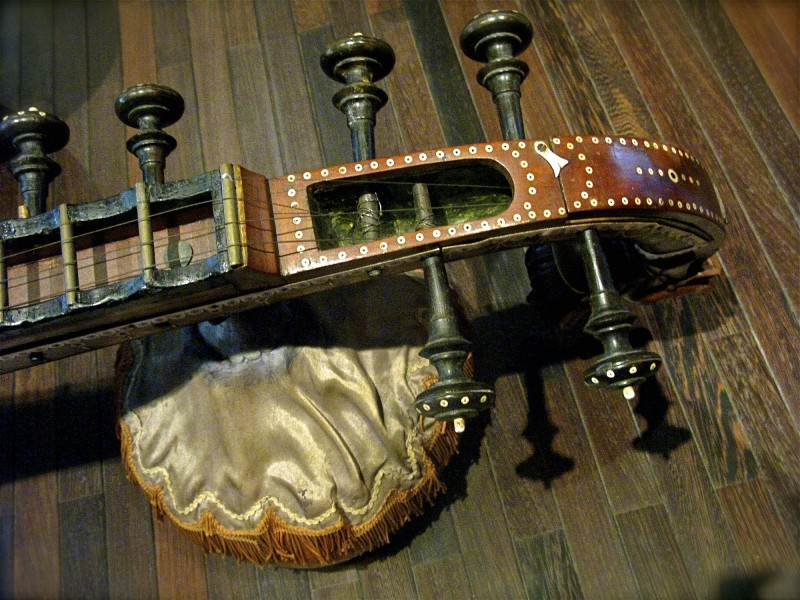


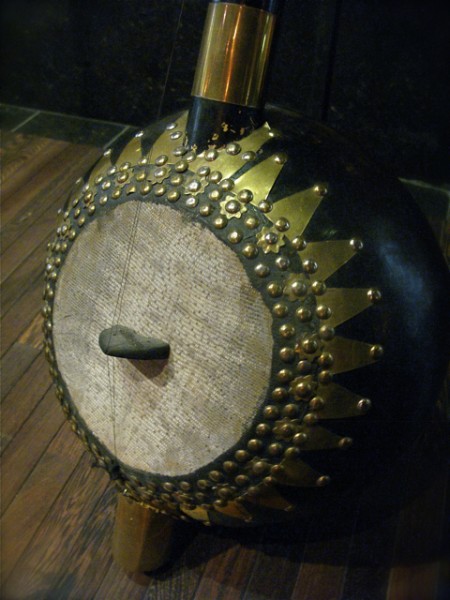
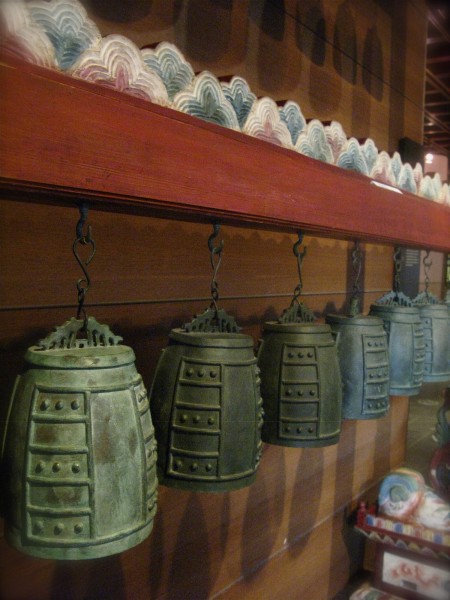
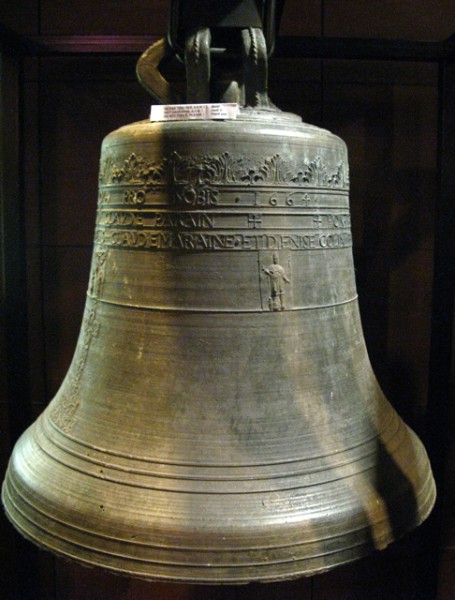
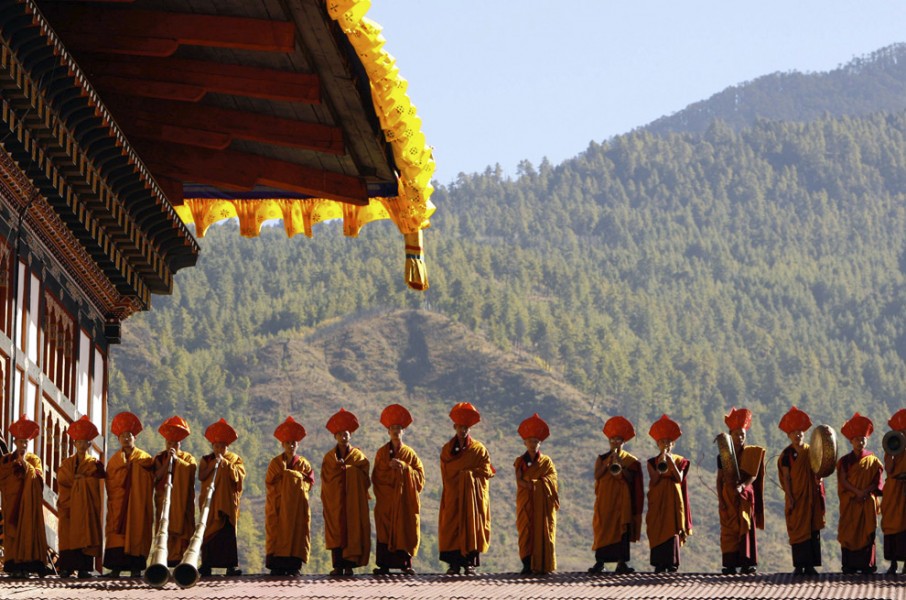
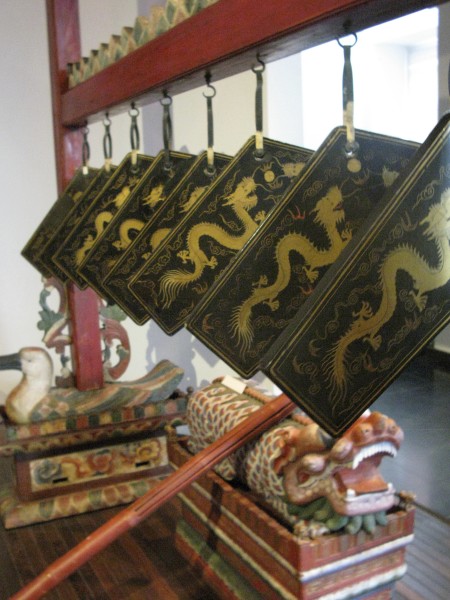
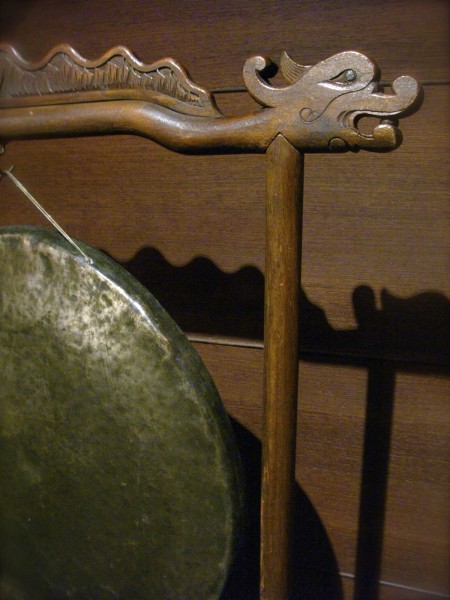
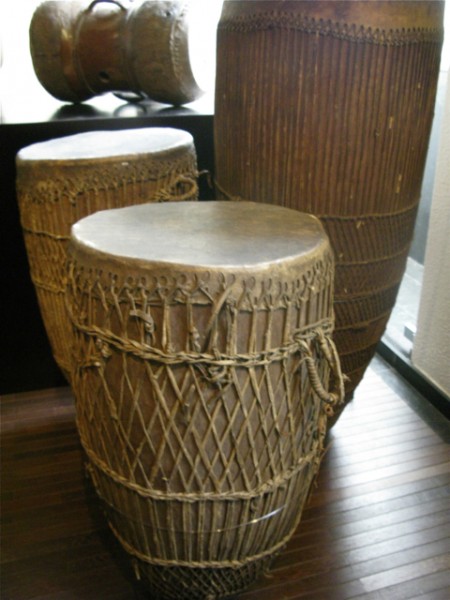

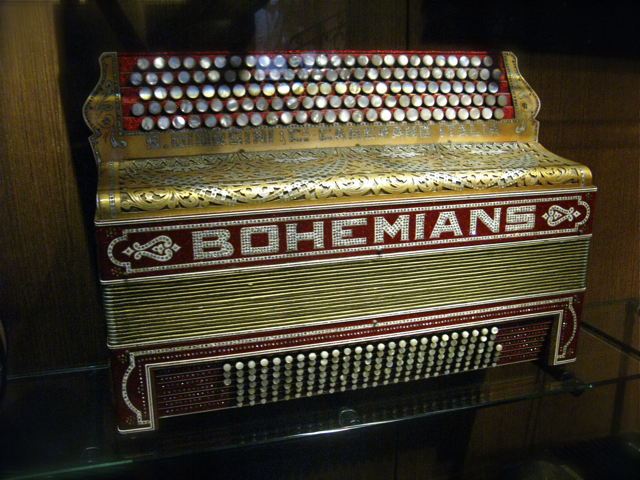
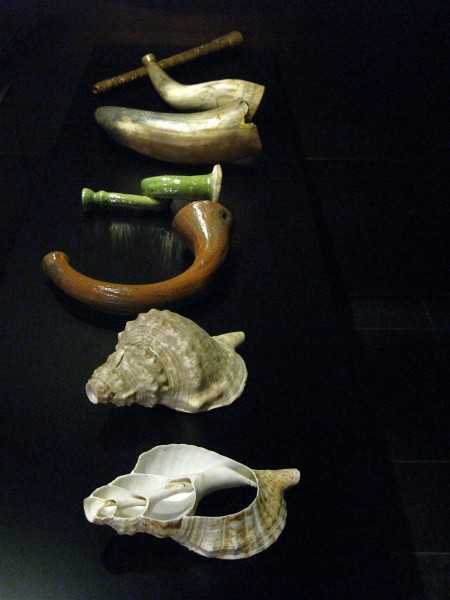

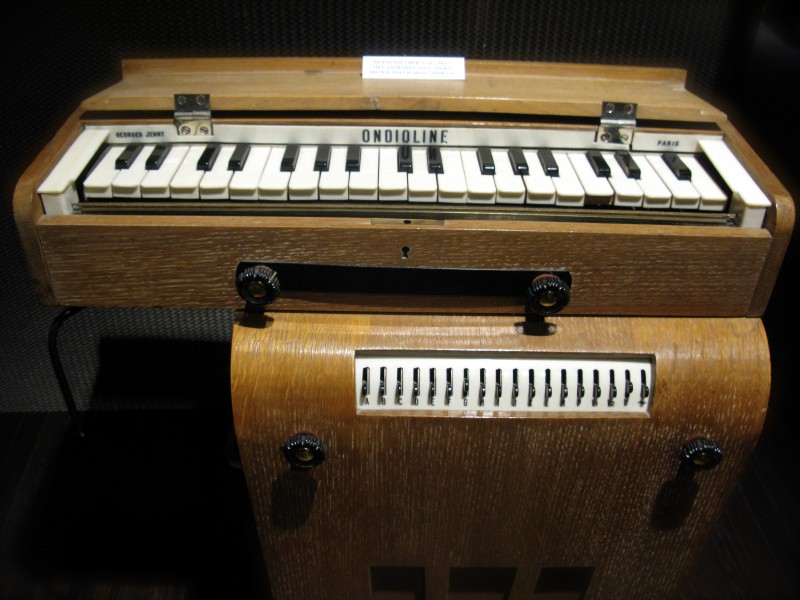
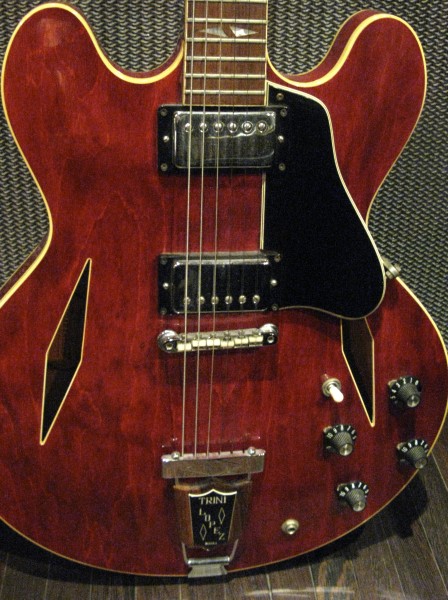
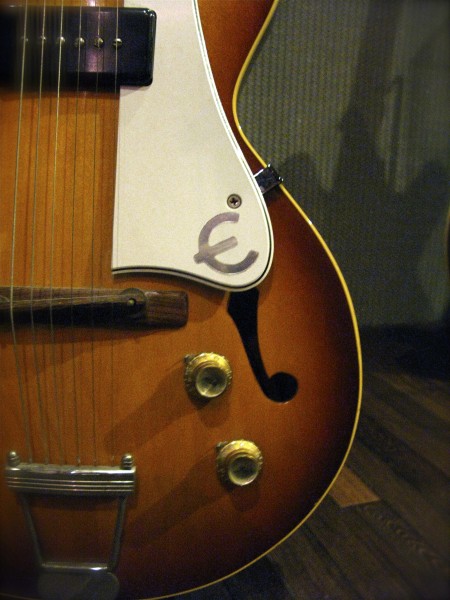
 To my surprise I would never imagine that one of my favorite museums in the world would be found in the city of Brussels. The Musical Instruments Museum known today as MIM , has been part of the Royal Museum of Art and History since 1992.
To my surprise I would never imagine that one of my favorite museums in the world would be found in the city of Brussels. The Musical Instruments Museum known today as MIM , has been part of the Royal Museum of Art and History since 1992.
Originally attached to the Brussels Royal Music Conservatory with the didactic purpose of showing early instruments to students, the MIM collection was created in 1877 with a collection of a hundred Indian instruments given to King Leopold II of Belgium by Rajah Sourindro Mohun Tagore in 1876 and the collection of the celebrated Belgian musicologist François-Joseph Fétis, purchased by the Belgian government in 1872 and put on deposit in the Conservatory, where Fétis was the first director.
Its first curator, Victor-Charles Mahillon, greatly expanded the already impressive collection so that, by the time of his death in 1924, the MIM consisted of some 3,666 articles, among which 3,177 were original musical instruments. He was noted of his astute judgments in obtaining these large augmentations by calling on philanthropists, mixing with erudite amateurs who sometimes became generous donors, and through friendly relations with Belgian diplomats in foreign posts, who sometimes brought back instruments from beyond Europe.
The museum’s current location, as of 2000, is in the former Old England department store, built in 1899 by Paul Saintenoy out of girded steel and glass in the Art Nouveau style as well as an eighteenth century neo-classic building designed by Barnabé Guimard. The former Old England was bought in 1978 , to be completely redeveloped to house the exhibition rooms, the reserve and the administration of the MIM. It is today without exceptions one of the most beautiful buildings in the city of Brussels.
I arrive running , escaping form a harsh and cold rain into the beautiful mosaic floored entrance. I tale my coat off, show my invitation letter from mr. Damien Filippi director of the press and public relations of the museum and a lady with white hair hands in my hands a headset asking me what language I speak. I ask myself why since it’s all music and no talking….Maybe because they say the language of music is universal and knows no frontiers…Anyways,
With a large and a little ironic smile she tells me that it would be sad to see the instruments without hearing them ” The different themes of the exhibitions are illustrated by listening to works related to the instruments ob display. By means of these infra-red head-phones, mademoiselle, you will be able to listen to about two hundred musical extracts, from Ancient Greece to the music of Varese of the middle of the 2o th Century. ” I wander why the lady asked the language questions if the headphones are only about music.
Without waiting for the answer I am set and very exited, I am ready to head to enter the magnificent Art Nouveau style elevator. The exhibition area has been arranged into an attractive path divided into ninety-odd themes over the four floors of the building reserved to visitors. Each floor is centered on a particular section: the ground floor shows popular instruments,from Belgium and Europe as well as extra-European instruments.
The first floor gives an historical tour, from antiquity to the 20th century: the second floor is presented more systematically showing the development of keyboard instruments. The basement shows the mechanical instruments, 20th century instruments and bells. In all about 1500 instruments are shown and more that 700 documents add to the information given on information boards available for visitors near each floor entrance.
I am listening with attention to the old lady’s the last instructions: If I desire to listen to the music of a specific instrument I will be required to step on a small icon representing the headphones on the floor just in front of the exhibited instrument. I have no words to describe that I feel just like a kid in front of wonderland of magical dreams.
And having said that I would like to offer you a seat into of this musical voyage where I am sharing the history and description of instruments from close and distant lands, that most touch my psyche.
The beauty of their craftsmanship of which I have always been sensitive to, and the harmony and purity of their sounds, evoke withing my spirit an unexplained memory of a past aristocratic or a maybe a roundabout gypsy life, translated today in vivid and colorful emotions into my present existence . I truly hope you’ll enjoy the ride and suggest if you are in Brussels to do the same.
European Folk Instruments
There are some 270 instruments on display in this section all of them were part of the musical part of the common people. During the 1960, different regions in Europe started to become interested in their own musical traditions. It was above all in the Anglo-Saxon countries, as well as countries with Celtic heritage, that this tendency found an echo. But formulating such a category ( Folk) is somehow artificial as it is very difficult to draw a distinct line in music between Asia and Europe or the Caucaus, which are generally included in Asia, are real unifying forces between the musical cultures of the East and West.
This is the reason why they are all in the same floor. It would be though be true to say that the Folk often tend to keep instruments, or tend to enjoy types of music long after they have gone out of fashion in more elite circles. In other words bagpipes, -gurdies, lutes ( my favorites) and fiddles were once also heard in houses of the aristocracy.
Lutes and Fiddles, the journey form Asia to Europe
Much of the European richness of Folk instruments, giving honor where honor is due, is owed to the East.
Prior to the 8th century Europe would have probably known small flutes, horns,trumpets and without a neck such as harps and lyres. Plucked stringed instruments on which the strings were held down and which had a neck extending from the sound box, ex the lute family,in the largest sense,were first seen more than 4.00 years ago with the Semites in Syria. These instruments reached the Mediterranean.
However they only really became established in Europe by the 8th century, thanks to contact with the Byzantine and Moorish cultures. The Lute family is divided in two main groups: The short necked lute and the long-necked one. The short necked derived form the Arab ud, played an important part in popular music during the Middle Ages, particularly in Western Europe.
Bu the Renaissance, however it had become a symbol of the bourgeoisie.The Romanian and Moldavian cobza is the only short-necked lute to have maintained a place in popular European music.
Different types of stringed Instruments
The Pluked Dulcimer: Probably coming from Scandinavia, in certain regions of Europe, it was the only folk instrument played by women and young girls. This was associated mainly with the family and the home. It can be found in a large range of sizes and shapes.
Being quite a primitive instrument, the body is a rough is roughly fashioned from a single block of wood with two series of strings stretched to the length of the body. The Hungarian citera has often a second range of strings. Usually played on the knees or on a table with the fingers.
Similar stringed instruments are the tar a medieval fiddle survived mainly in the Balkans and the Greek islands since the 16 century and replaced by the violin, which is still one of the favorite instruments of the village musicians.The Russian psaltery, the gusli, the crwth, a type of welsh lyre.
The gardon which is often in the shape of a cello,is only played in Hungarian Szekely community
The accordion: a new comer
At the end of the 18th century musicians and physicians were fascinated by far Eastern mouth -organs. Like the Chinese cheng or the Japanese sho. From these curiosities a whole new family of free reed instruments was crated in the first decade of the 19th century. The free reed consists of a metal tongue in a frame which allows it to vibrate when blown. Their air source can be from a human mouth ( The harmonica) or a bellows ( the harmonium).
In 1829 the accordion was patented by a Viennese builder named Zynl Demian: It was the first accordion that had both melodic keys and keys that played chords. Between 1830 and 1860 Paris was the center of accordion making. In this period they were made by hand from sophisticated materials. They were exclusively for the wealthy classes.
At the end of the 19 century especially in Italy and Germany mass production was undertaken, The resulting drop in price took place as well as the possibility to play melodies harmonies bass lines and rhythms on an instrument requiring virtually no tuning or maintenance contributed to the instrument’s popularity, and it came to be used by the folk musicians throughout Europe, except in the Ottoman Empire.
The Hurdy-Gurdy : an instrument played by beggars and the blind.
Already in the 13th century, the Flemish author Jacob van Maerlant mentioned the hurdy-gundy in his Trojaenshe Oolog.
The first representation sof this instrument also dates form this period, but it was principally between the 16th and the 18th century that the hurdy-gundy took its place in folk music.
It consists of a sound box on which is fixed a rectangular key-box. It contains one of two sets of keys that slide fro back to front. Placed at right angle to their end are tangents that shorten the melodic string.
After having been touched and released, the key automatically returns to its initial position due to the instrument’s oblique playing position and helped by the string’s vibration. The instrument was often used by blind beggars. Hurdy-gurdy were rarely equipped with trompette, because of this many players were accompanied by a small boy playing a triangle to mark the rhythm.
Two Bass Viols
The two exceptional bass viols in the hall are first and foremost instruments sumptuously decorated. The instruments attributed to Capar Tieffenbruker have a historical importance. The viol was apparently assembled for a collector at the beginning of the 19 century, from pieces of old instruments.The marvelous decoration represents a map of Paris in marquetry on the back of the instrument.
The second ( photo above) is not only a collectors’s object, but is also playable. Tielke ( 1641-1719) is considered to be the most famous viol maker of his time. His instruments,ofter magnificently decorated, are renowned for the quality of their sound.
Northern Italy Violins
From the end of the Middle Ages, the ring of the cities around the Alps played a dominant role in the development of instrumental music. Initially the main activity was that of the musicians of Southern Germany, whereas in the 16 th century, the itinerant and town musicians of Italy, especially in the regions from Milan and Venice, had more influence. Venice itself, thanks to its great period of political and economic stability and prosperity attracted musicians and instrument builders from far and wide, becoming the most important musical center of all times
Many musicians, mainly violinist, came from Lombardy and the westermost cities of the Venetian Republic. Some of them like Cicilianos, and the Linarollos, were string instrment makers.At the end of the 16 th century. when the lute builders started to make violins,the Italian violin began to acquire its legendary stature. It was above Cremona, a little town in the Po valley, that became renowned with makers such as the Amati family, the Stradivarius family and the Guarneri del Gesu.
Even before the 16th century it was played in churches, often with the organ. From Italy comes the Baroque repertoire of concertos sonatas, which was developed by composers like Corelli and Vivaldi.
Horns and Trumpets: Instruments for calling and for magic
Blowing into an animal horn, or into a shell belongs to the very earliest of human mystical experiences.The horns and the trumpets are also often made from a slender trunk. From the Bronze age onwards metal was also used to make horns and trumpets.
Horns and trumpets were used as calling instruments.They were a major means of communication by shepherds, particularly in mountainous regions. The spectacular is the most well-known example, but it s by no means the only one. Horns and trumpets had a similar function in the Carpathian mountains-the Romanian tribita and bucium are good examples too.
Their raucous , strident sounds were intended both to galvanize the soldiers into action and to scare off the enemy. In addition they were supposed to chase away evil spirits. Blowing horns and trumpets was also a way of breathing new life into nature. The midwinterhoorn, which can still be heard at advent in Twente in the Netherlands, undoubtedly has a similar magical origin. The Shofar is a horn, traditionally that of a ram and since biblical times, the Shofar-blowing is incorporated in synagogue services of Rosh Hashanah and Yom Kippur worldwide.
The Bagpipe: Instrument of shepherds and dancers
Beginning of the 13 century, written sources such as Cleomades, of Adenet le roi spoke of the bagpipe in the Southern Low Countries. We see it first in pastoral scenes,but in the 15 century onwards it was shown being used in secular festivities such as wedding celebrations. One of the most intriguing instruments of history, it is made of the following parts: goatskin bag, or made of an animal’s bladder, renewed, blowpipe, chanter,two drones and three stocks connected to the reservoir.
The pipes are turned from different kinds of wood, the horn is reinforced by a ring of animal horn and brass. They can be found in Germany, British Isles and Spain. I had fun taking pictures of the two most original ones..have a look above!
Different types of drums and tambours
There are four principal types of European drum, categorized by their different forms: Goblet-shaped, or built on a frame. The most common type is cylindrical, as in the side drum. the snare drum or the bass drum. Goblet-shaped drums are usually made in pottery.
These are bowl shaped kettle drums are mainly used in the Caucasus, in Turkey and i the Balkan regions. But frame drums are found throughout Europe, and are possibly of prehistorical origins. Thy are usually round and are often fitted with jingles or small bells. The tambourine is the most common example.
Instruments form Outside Europe: Stringed Instruments in the Indian Sub-Continent
The rich history of this ancient part of the world can be seen reflected in the incredible variety of stringed instruments still in use there.
Both in the music of the people and in the highly sophisticate music of the upper classes. For a Westener, the most striking phenomenon is that many instruments have sympathetic strings. These vibrate freely, in resonance with the strings which are plucked or bowed by the player.
In India there is a clear distinction between Hindustani music in the North and Carnatic music in the South.
The Hindustani tradition comes principally from the Muslim culture. brought by successive invaders from the West. The sitar and the tabla are the principal instruments of the North. The sitar is probably the invention of the 17th century Amir Khusrau of Delhi, but confusion with the name of a famous poet led players to claim that the instrument had its origin in the 12th century.
The sitar is usually played with the tabla and a drone instrument, the tambura; they are also used to accompany dances. The surbahar is a larger sitar, sounding at a lower pitch. In North Ind, instruments had an important part to play in the classical vocal tradition.
The khyal is one of the vocal styles, performed in princely courts since the 19 century.The singer is accompanied by two sarangi a tabla, and one tambura.
The most widespread instrument on the sub-continent is the ektara. It is a single-stringed spike lute with a gourd resonator and is used above all wandering mendicant monks.
Ritual music in Tibetan monasteries
There is something fascinating in the music of Tibetan monks. This may be because of the geographical situation of Tibet and its political isolation.
The roof of the world is about 4,000 meters above sea level. Since 1957 the spiritual head of the country, the Dalai Lama, has lived in exile in India.The Tibetan monks use the dung chen ( long trumpets) only for open-air ceremonies,where they dialogue with the rgya gling ( oboe).
The dung chen essentially come in two sizes 170 to 180cm or 310 cm. A few examples are even longer than four meters. The monks play long sounds linked by a sort of glissando.
The oboe players also use as is frequently the case in Eastern countries, circular breathing. Other instruments, such as the gandi ( woodblock), the’ kharrnga and the dung dkar ( conches) are used to summon the members of religious communities.
To mark the time in a piece of music, the monks use a rnga ( frame drum) and three sorts of cymbal: sbub-chal, sil nyan and ting shang. Many drums are often used to meet with thirty or forty at the same time.Their role is giving musical pulsation 9 metronome0 is usually given to young monks.
Finally there is a whole series of purely ritual objecs like the dril bu and the gsang ( hand bells), the damaru ( drum in the form of hourgalss) and the rkang gling ( short trumpet made of human bone or metal).
They are often represented as attribute of spiritual masters, divinities or even certain Buddhas.
Ritual music in Chinese Temples
The groups of stone sticks ( lithophones) and bronze bells are part of a long tradition. Qing ( separate resonant stones)and zhong ( bronze bells ) already existed under the Shang dynasty (1766-1122 B.C).
The examples found in the museums date from the end of the 19th century.
The biangzhong has sixteen bells and it is placed on the east side of every Confucian temple. The bianquing is placed on the west side so that the two instruments can dialogue.
The ritual temple music also calls for several types of flutes.
Serpent Chandelier
This exquisite and peculiar chandelier is made of serpent and it comes from the brass band of the belgian town of Puurs, where it was indeed used as a chandelier before the MIM purchased it.
The serpents date from the end of the 18th century and the beginning og the 19th century. Before their new life as a chandelier, they were used as a bass instrument in bands or to accompany church music. The sun and the crescent formed part of the Turkish crescent around which the chandelier is made.( Photo below close to harps)
Lyre Piano
The lyre piano derives its name from its case in the form of a giant lyre. It is in fact, a grand piano placed vertically on a stand. This quite peculiar model of vertical piano, which seems specific to Berlin,
was apparently invented by a builder named Syling, active in Berlin during the first years of the 19th century, it was built on a limited number rivalling other instruments like the giraffe and the pyramid piano
Strings and Keyboards :Harps
In Western Europe the harp developed from the small instrument of the troubadours to become the large orchestral instrument,while keeping its role as an accompanying instrument.
In the 16th century the musical potential of the portable instrument, on which each string could only produce a single note, began to seem insufficient in the light of the increasing importance of instrumental music.
The delicate tuning necessary on certain strings to enable the instrument to play in a variety of keys was made easier by the addition of hooks on the neck. The harp enjoyed a huge success in the second half of the 18th century particularly in France where it became the darling of the aristocracy.
Harpsichords
The clavichord appeared in the early 15th century. This small an expressive instrument is usually built in a rectangular shape.The stings are struck by small metal blades called tangents. the action allows the player to give much dynamic expression and also use a sort of vibrato which the German call Bebung.
John Sebastian Bach wrote many pieces for this instrument. for example wrote 550 sonatas for this instrument. A symbol of aristocracy and rich bourgeoisie, the harpsichord was a luxurious piece of furniture often seen depicted in sumptuous decorations by famous painters or precious ornaments
The harpsichord was one of the favorite instruments in the Renaissance and Baroque period. It was used as a solo instrument, as well as in the orchestra , the opera and in chamber music. it repertoire is very large, from suites to toccatas, sonatas to concertos.
Most composers, including Girolano Frescobaldi, Francois Couperin, Henry Purcell,or wrote many pieces for this instrument.
The Italian School
The Italian have gracious forms.The lid and exterior of the outer case were painted. Often ivory buttons were placed on the side of the case or on the name board.
The Flemisch School
From he 17 century the role of Antwerp became predominant because of the resown of the prestigious Ruckers dynasty. It can be differentiated from the Italian by its heavier form and more robust construction.
The decorations were also different, the outside case is often painted in imitation marble while the inside surfaces were ornamented with printed paper with patterns taken from Renaissance books. The interior lid were covered with paper imitating wood, enhanced with Latin sentences, either of a religious nature,or relating to bourgeois morality.The soundboard is painted with flowers, leaves,fruits and birds.
Other European Schools
Although the Flemish school was considerable in Europe, other European schools have their specific characteristics. For several centuries they kept their simplicity.
Different Types of Piano
From the early 1720s some piano makers began to place the piano action in a rectangular case, similar to that of the clavichord. The manufacture of upright pianos, in the present sense of the word, did not begin until 1810 although the idea of the vertical piano goes back to the beginning of the 18th century.
Manufacturers came with all sorts of original, and totally fanciful ideas, which showed real inventiveness- the cabinet pianos, the pyramid piano, the giraffe piano. the lyre piano, the dog Kennel piano ot the console piano.in 1850 onwards the industrialization of certain manufacturers led to an increased standardization of models.
Only the upright piano and the grand piano have surived to our days.
Electronic sound generation
Each new electronic instrument represents a phase in the development of sounds generators towards the mastering of the acustic spectrum.Before the First World War the differential sound between a fixed and moveable frequency was often used. This is the technique used by the Ondes Martenot (e 1928) and by the theremin( 1929) .Electronic studios hardly appeared after Second World War.
The commercially produced synthesizers of the 1960s and 1970s made the techniques of electronic music easily available to a large public.
“The instruments which engineers must bring to perfection in collaboration with musicians will make all sounds available for use…We may say that such a rich diversity of timbers has heretofore been non-existent. The intensities are hardly variable. Thanks to the mechanical system we may indulge in endless dreams of both timbre and intensity..” ( Edgar Varese, 1930)
Joelle’s Tips:
Th Museum : MIM mim / Musical Instruments Museum / Av Montagne de la Cour 2 B-1000 Brussels
Museum opening hours Tuesday – Friday: 9.30 a.m. – 4.45 p.m. / Saturday & Sunday: 10.00 a.m. – 4.45 p.m.
Photos of Old England building credits: Photoguide Farm Static
Dancers: Dvorana Travel Swiss horn player : Eye Fetch Man Playing Badgepipe / Man Playing Badgepipe / Shofar : Tam Tam for Peace
